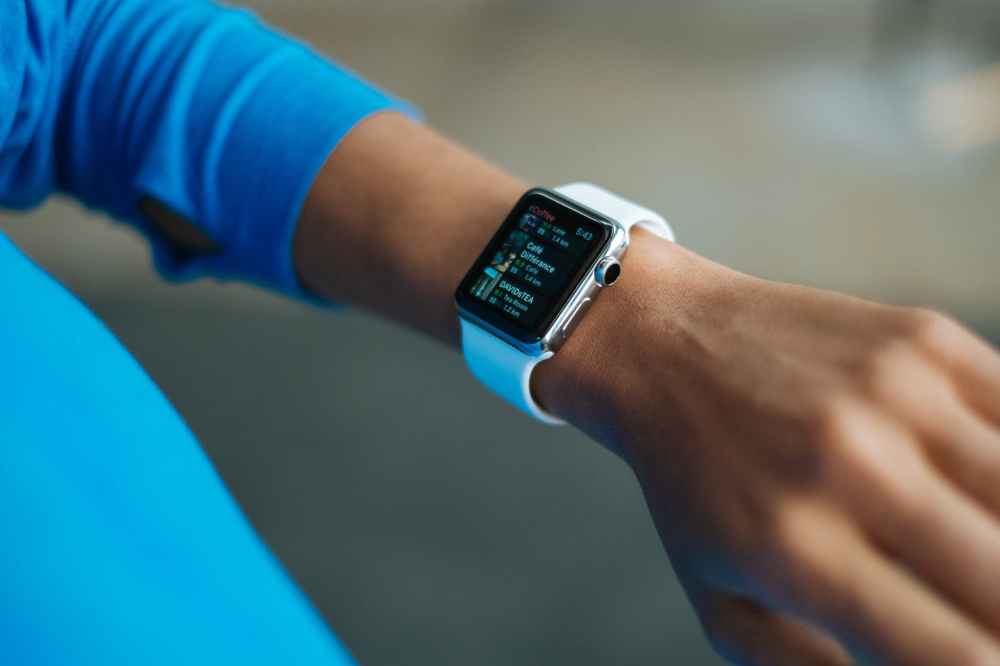Monday, 27 July 2020
How To Stay Motivated To Work Out
Setting aside some time to go for a 45-minute walk isn’t always easy. We all live busy lives and between family and work, fitting in a workout isn’t always possible.
What if I told you that you didn’t have to dedicate a set block of time for your walking workouts? What if you could get the same health benefits by working in a little more activity here and there throughout your day?
And what if there was a fun little gadget that helped you stay motivated to work out more?
There is and it’s called a pedometer. You can pick up an inexpensive model at your local superstore or order it from Amazon. Or you can go with something a little fancier like a Fitbit for example.
Earn hundreds of pounds cashback every year shopping at over 4500 retailers with the UK's Top Cashback site. Join Quidco & get cashback for your purchases!
But before you head out to spend any money, check your smartphone. Many models have a pedometer built-in. All you need to do is download a free app and you’re good to go.

The pedometer will track how many steps you take on any given day. It will also track how many minutes you’ve spent being active and how many miles you’ve walked.
In other words, it keeps track of how much exercise you get during your day. And the good news is that it doesn’t matter if you head out after work for a 45-minute walk, or if you work out in little spurts here and there throughout the day.
Maybe you start your day by parking a little further away from the office and walking a couple of hundred extra steps. Then you take a quick stroll during your lunch break.
You wrap up your day by walking around the park while your kids play. And just like that, you’ve gotten your exercise in without having to block out any additional time.
Give it a try. Put on a pedometer, or start tracking with that phone you’re always carrying around anyway and see how much you’re walking around any given day. From there, try to get a little more active as time goes by until you hit your stepping goal.
For most of us 10,000 steps per day is a good long-term goal, but if you’re feeling more ambitious than that, go for it.
Keeping track of your steps is very motivating. Looking at your pedometer and realizing you’re 2,000 steps away from your daily goal may be just the motivation you need to head out for that after-dinner stroll.
Thursday, 23 July 2020
High Prolactin Levels - Hyperprolactinemia
What is hyperprolactinemia?
What are the common causes of high prolactin levels
- Hypertension(calcium channel blockers and methyldopa)
- Depression
- Nausea and vomiting
- Pain(opiates)
- Heartburn and gastroesophageal disorders
- Mental health disorders( Risperdal and haloperidol)
- Menopausal symptoms (estrogen)
What are the symptoms of high prolactin levels
- Irregular or missed periods
- Production of breast milk when not pregnant or breastfeeding
- Infertility
- Vaginal dryness
- Loss of libido
- Breast pain
- Erectile dysfunction
- Loss of libido
- Infertility( low sperm production)
- Production of breast milk
- Abnormal growth of breast(gynecomastia)
How is hyperprolactinemia diagnosed
How is hyperprolactinemia treated
- Thyroid replacement drugs if hypothyroidism is the cause.
- Replacement of medicines used to treat other conditions causing the elevation of prolactin levels.
- Surgery, if there is a prolactinoma that is not responding to drugs.
- Drugs







